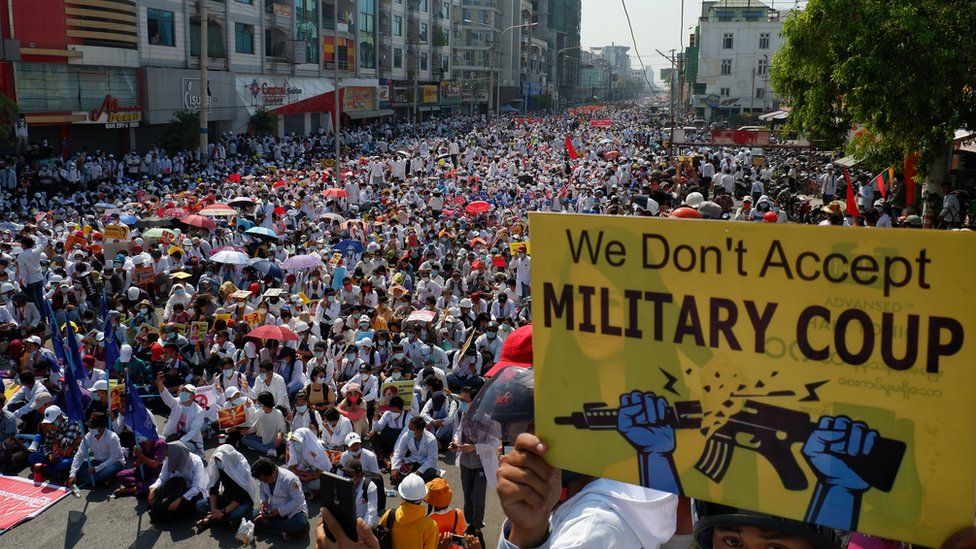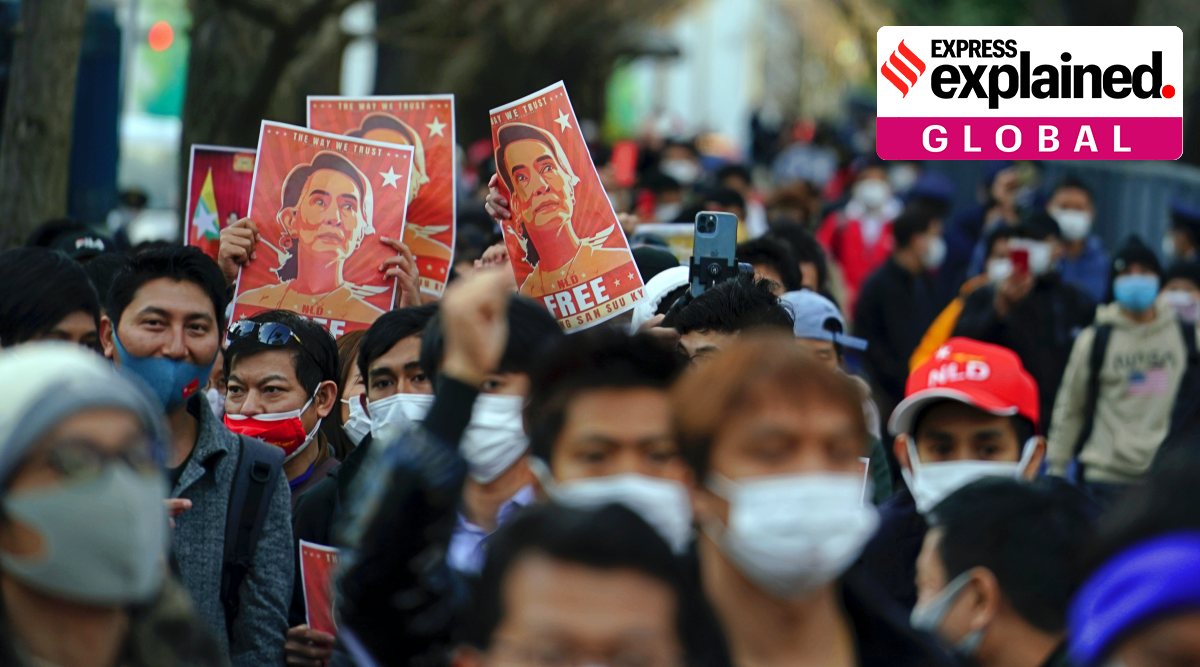

Knowing that our lives were in danger, my wife and children fled the country, and I took shelter in the territory of an ethnic armed organisation.

I demonstrated from February 6, the day anti-coup protests began in Yangon, through the second week of March, when the junta added my name to its arrest warrant list for “sedition” and raided my house and office. But I ultimately decided that the coup is more than a political dispute between the NLD and the military – it represents the forceful suppression of the people’s will, and should be resisted. While I was disturbed and angered by the military’s power grab, I did not want to put my support behind the NLD, ignoring its past treatment of minority communities, political opponents and activists. So when the coup happened, I initially was not sure where I should stand. I even boycotted the November 2020 general election, which delivered the NLD a second sweeping victory. My own views on what an anti-fascist revolution in Myanmar could and should look like have also changed in the eight months since the coup.ĭuring the Aung San Suu Kyi-led National League for Democracy’s (NLD) five-year rule between 2015-20, I devoted much of my activism to speaking out against their abandonment of democratic and human rights standards and failure to promote peace in areas of the country populated by ethnic nationalities, where conflict between ethnic armed organisations and the military has been ongoing for more than seven decades. As an activist who has been fighting against fascism and standing for peace and the rights of oppressed minorities for 10 years, I believe we are now in a better place than ever before to come together as a nation to resist ethnic nationalism, destructive political polarisation and the military’s attempts to scare us into submission. The Myanmar people’s struggle against dictatorship has undergone a long journey since the February 1 military coup in the country.


 0 kommentar(er)
0 kommentar(er)
